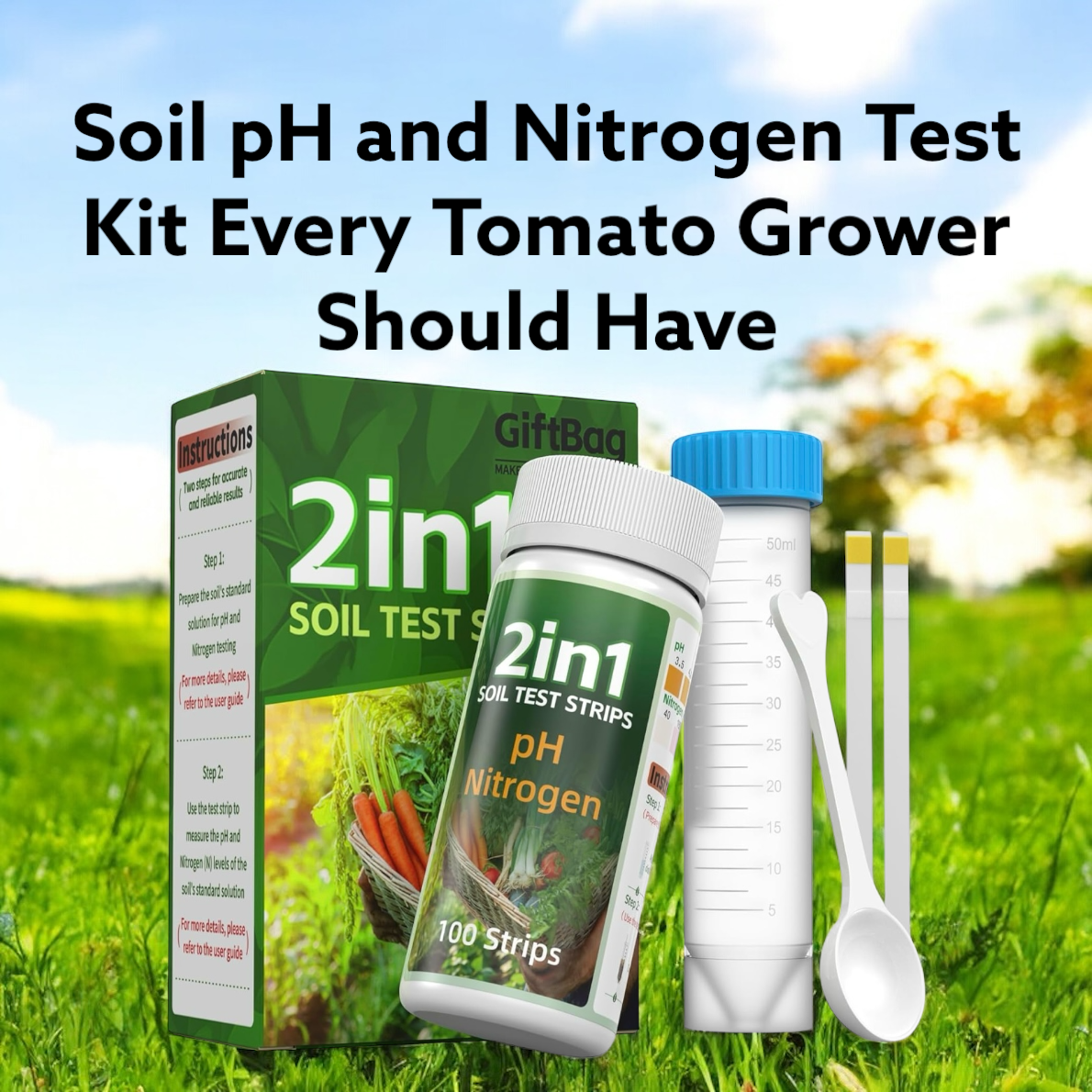
Why You Need the Best Deer Repellent for Plants
If you’ve ever walked out to your garden just to find your tomato plants chewed down to nubs, I feel your pain. I’ve been there — shaking my head at half-eaten vines and missing fruit. It turns out deer have no shame when it comes to free salad bars. That’s exactly why figuring out the best deer repellent for plants became a top priority for me.
The truth is, once deer know where to find a tasty buffet, they’ll keep coming back night after night. And while fencing might seem like the only solution, there’s a much easier and less expensive way to protect your tomatoes and other veggies. That’s where a good repellent comes in — and not just any repellent, but one that actually works.
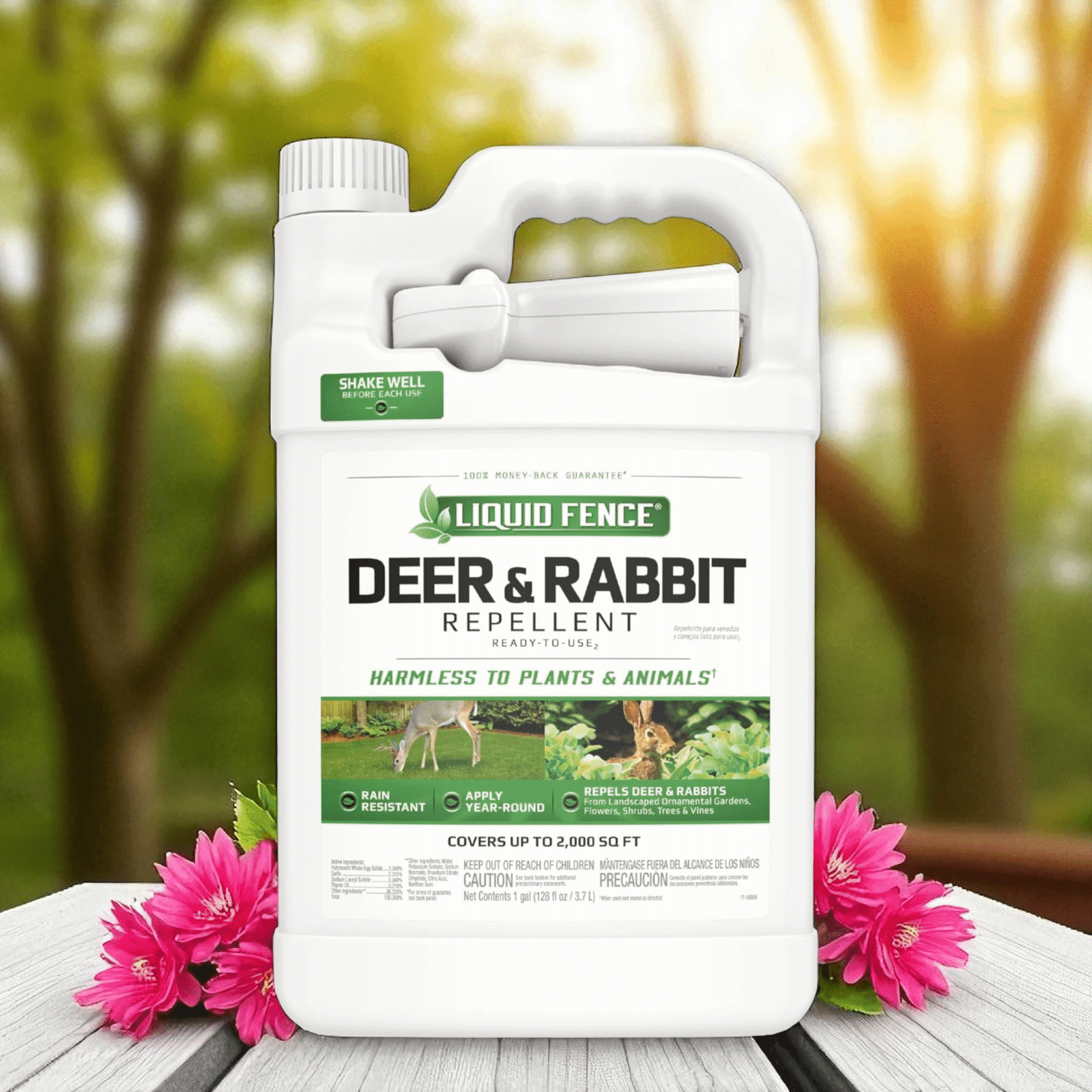
Signs Deer Are Snacking on Your Plants
Before you run out and grab just any product, it helps to make sure you’re dealing with deer and not another garden thief (like rabbits or squirrels). Here’s what I started noticing in my own backyard:
- Jagged bites on the leaves — not the clean cuts that insects leave.
- Half-eaten tomatoes, especially the tender green ones.
- Hoof prints in the soil — they’re a giveaway if it’s muddy.
- Droppings that look like little brown pellets.
- Damage overnight — deer are sneaky and mostly feed at dusk or dawn.
These signs are a clear shout from your plants: “Help! We need protection!” And after trying a few things that didn’t work, I finally found a solution that did.
What Makes a Good Deer Repellent?
You don’t want to waste money on something weak or gimmicky. I learned that the hard way. So what should you look for in the best deer repellent for plants? Here’s what actually matters:
- Strong smell – not to you, but to deer. They hate sulfur, garlic, and egg solids.
- Non-toxic and safe – especially if you’re using it on edibles like tomatoes or basil.
- Rain resistance – because who wants to reapply every time it sprinkles?
- Ease of use – the simpler, the better. Bonus points if it comes in a ready-to-spray bottle.
- Dual action – if it also works on rabbits and other nibblers, that’s a big win.
This list helped me narrow down my search, and it led me straight to one product that checked all the boxes.
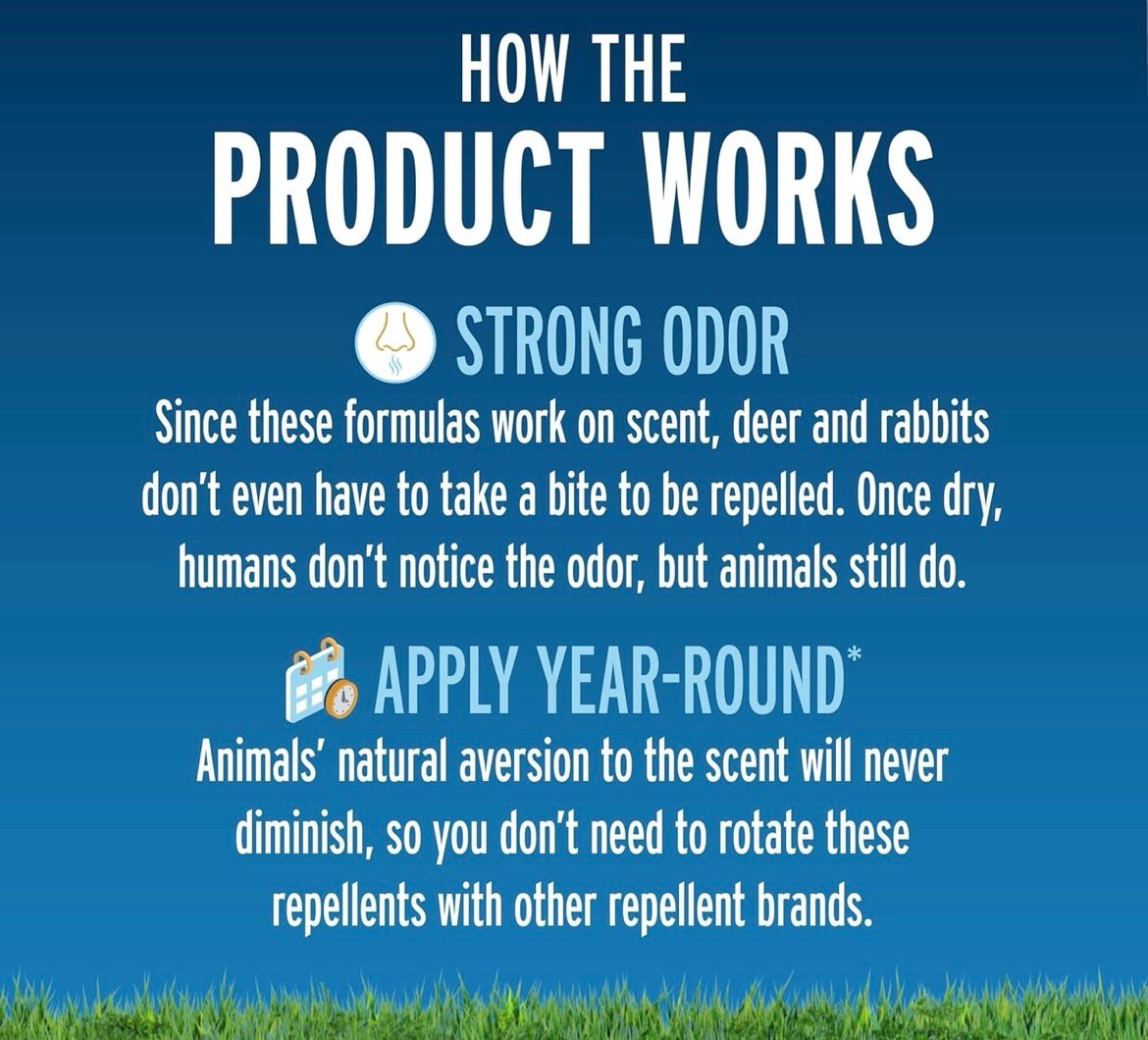
The Best Deer Repellent for Plants (This One Works for Me)
Let me save you some trial and error. The product that finally solved my deer problem was 👉 Liquid Fence Deer and Rabbit Repellent. And no, this isn’t just hype — I was skeptical too at first.
But once I sprayed this stuff around the edge of my garden, I didn’t see a single chomped leaf for weeks. It works by using scent-based deterrents that deer hate but humans barely notice. Best of all, it’s totally safe for vegetables, flowers, and even herbs.
The gallon size gives you plenty of coverage, and the ready-to-use sprayer makes application super easy. I love that it works for both deer and rabbits, and that it’s a trusted brand among organic gardeners.
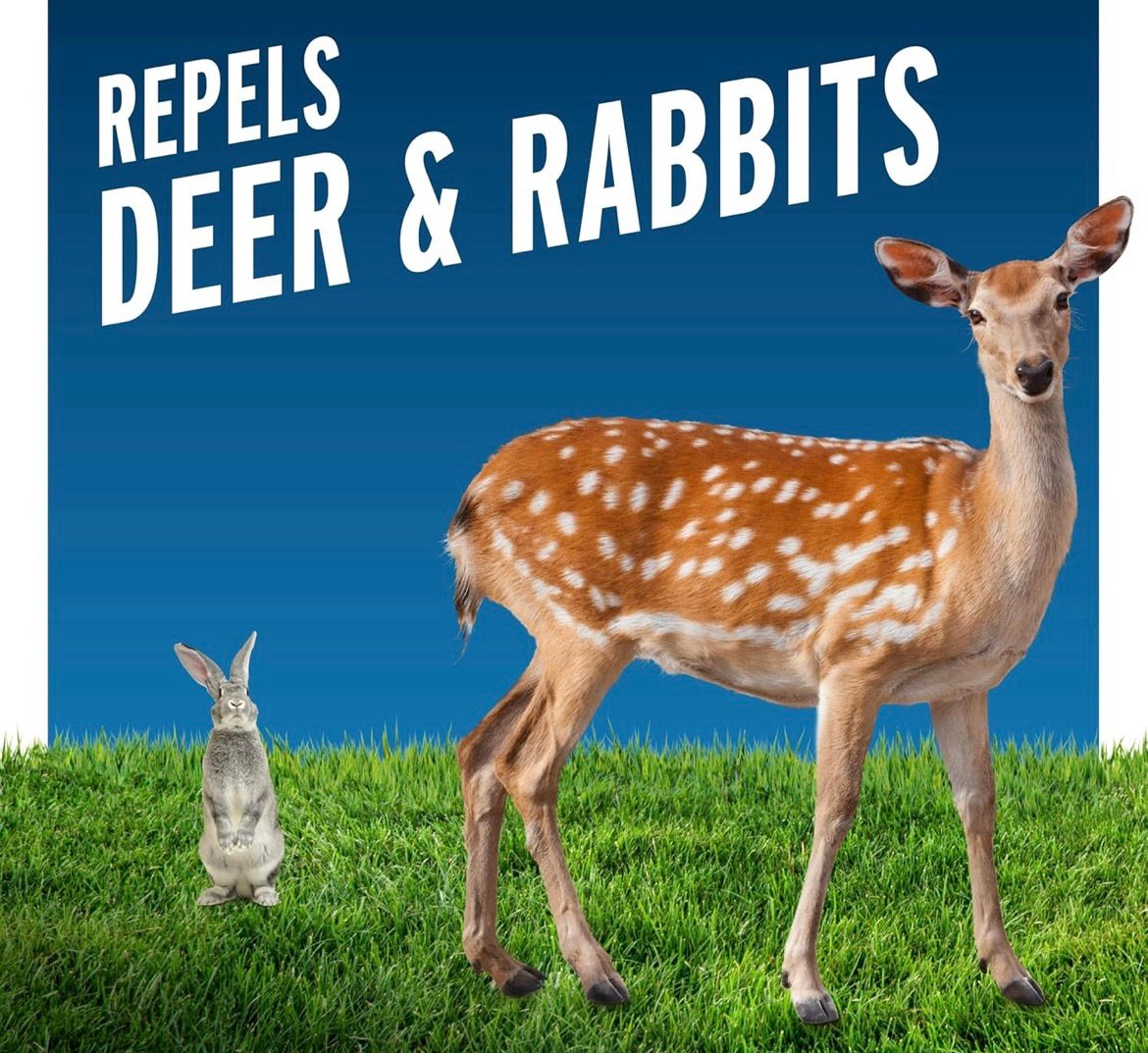
How to Use Liquid Fence Deer Repellent the Right Way
Using this stuff is simple, but a few tricks can help you get the most out of it. I’ve learned that timing and placement matter a lot.
- Apply early – Don’t wait until you see damage. Spray it as soon as your plants start growing.
- Spray the perimeter – Go around your entire garden or yard edge, not just the plants.
- Avoid spraying fruit directly – While it’s non-toxic, I still skip the tomatoes themselves and spray the surrounding leaves and ground.
- Reapply after heavy rain – It holds up well, but a good soaking storm can wear it down.
- Reinforce every few weeks – Consistency keeps the deer from “testing” your defenses again.
This method works best when you stay ahead of the deer, not chase them away after they’ve already developed a taste for your plants.
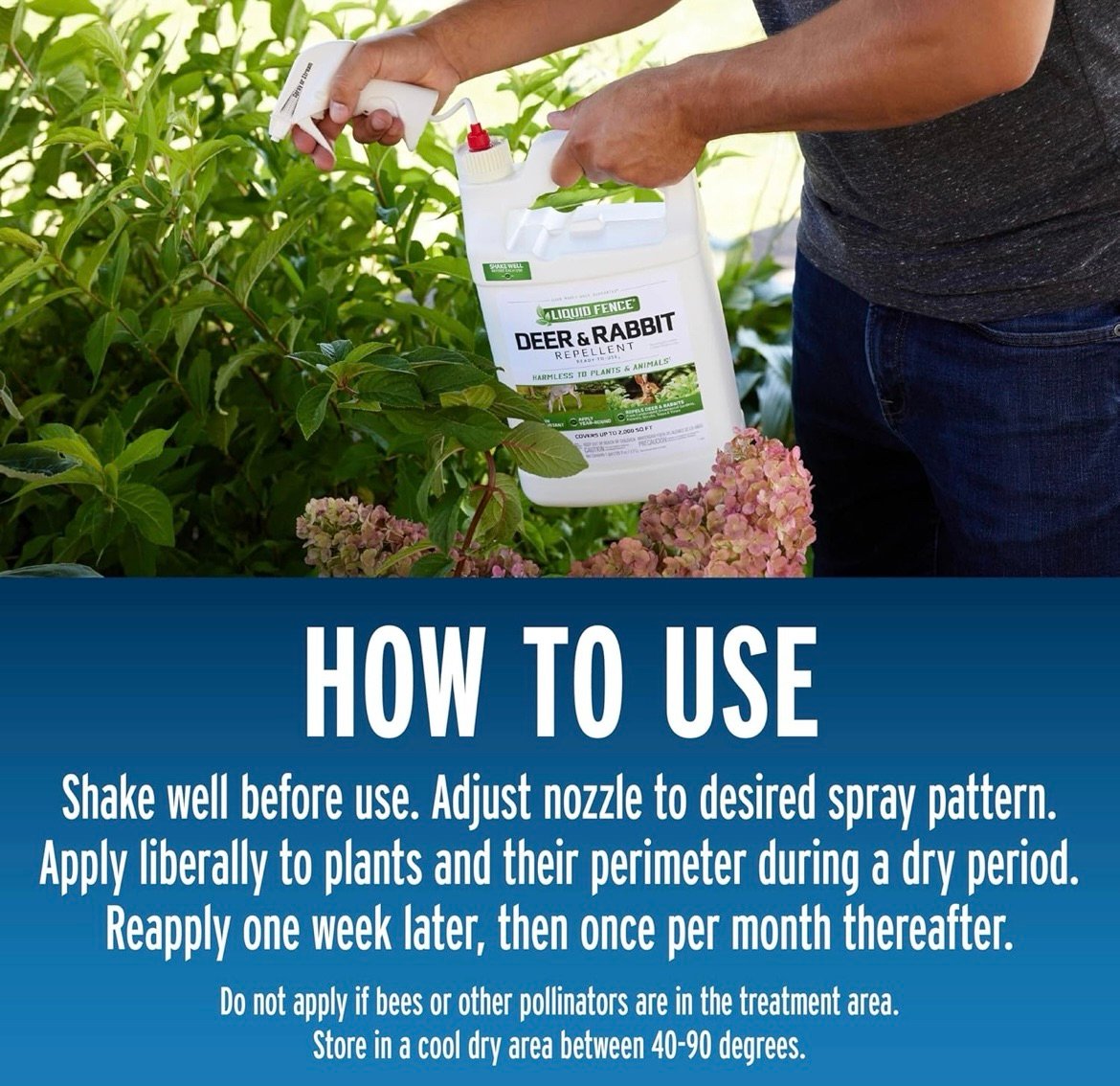
Common Myths About Deer Repellents
There’s a lot of bad advice floating around out there, and believe me, I’ve tried plenty of it before finding what worked.
- “Irish Spring soap keeps them away!” – Maybe for a day. But deer catch on fast.
- “Human hair or dog fur will scare them off.” – Again, not reliable long term.
- “Motion sensor sprinklers do the trick.” – Until the battery dies or they stop caring.
While these may work temporarily, most deer repellents that last are scent-based products like Liquid Fence that target a deer’s sense of smell — which is crazy sensitive. That’s why consistent repellent use is the real winner.
Other Ways to Keep Deer Out of the Garden
While a good repellent does most of the heavy lifting, here are a few bonus strategies that can help when used alongside a product like Liquid Fence:
- Plant deer-resistant plants around the garden’s edge (lavender, marigolds, rosemary).
- Motion lights – especially useful in high-traffic areas.
- Fishing line fences – hard for deer to see, but they’ll back off once they feel it.
- Raised beds or containers – not foolproof, but adds a challenge for hungry hooves.
- Rotate repellent products every few months if deer get bold.
If you combine any of these with a reliable repellent, you’re giving your garden the best shot at surviving deer season.
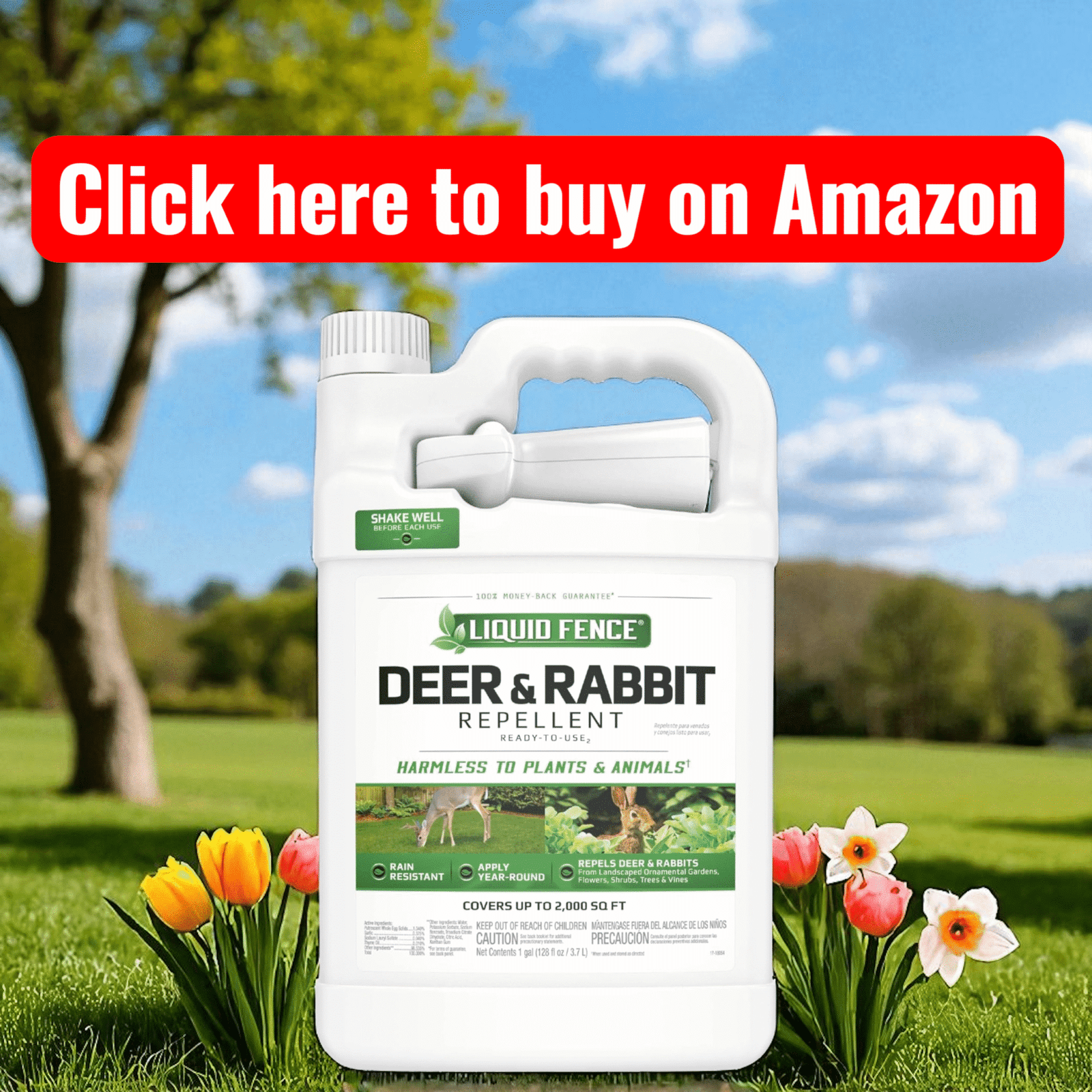
Where to Buy the Best Deer Repellent for Plants
I keep it simple — I get my Liquid Fence Deer and Rabbit Repellent right here:
👉 Click here to grab it on Amazon
It ships fast, comes in a 1-gallon ready-to-use container, and is worth every penny if you’re tired of seeing your hard work eaten overnight.
You can also find it in some local garden centers, but I’ve found Amazon to be the easiest (and sometimes cheapest) route. And since we talk about this in our blog post about deer eating tomatoes, it’s a natural solution we recommend often.
Can You Use This Deer Repellent Year-Round?
Absolutely. One of the top reasons I love Liquid Fence Deer and Rabbit Repellent is because it’s not limited to spring or summer. It’s actually formulated for year-round use, even in freezing temps. You simply reapply every few weeks or after heavy rainfall—just follow the instructions.
In my experience, applying it consistently—especially when new growth appears—is key. New growth is like candy to deer, so staying on top of your repellent routine protects your tomato plants and everything else they like to munch on.
Want to know how I protect my tomato garden in every season? Check out what I do over at 👉 TomatoGrowingTips.com.
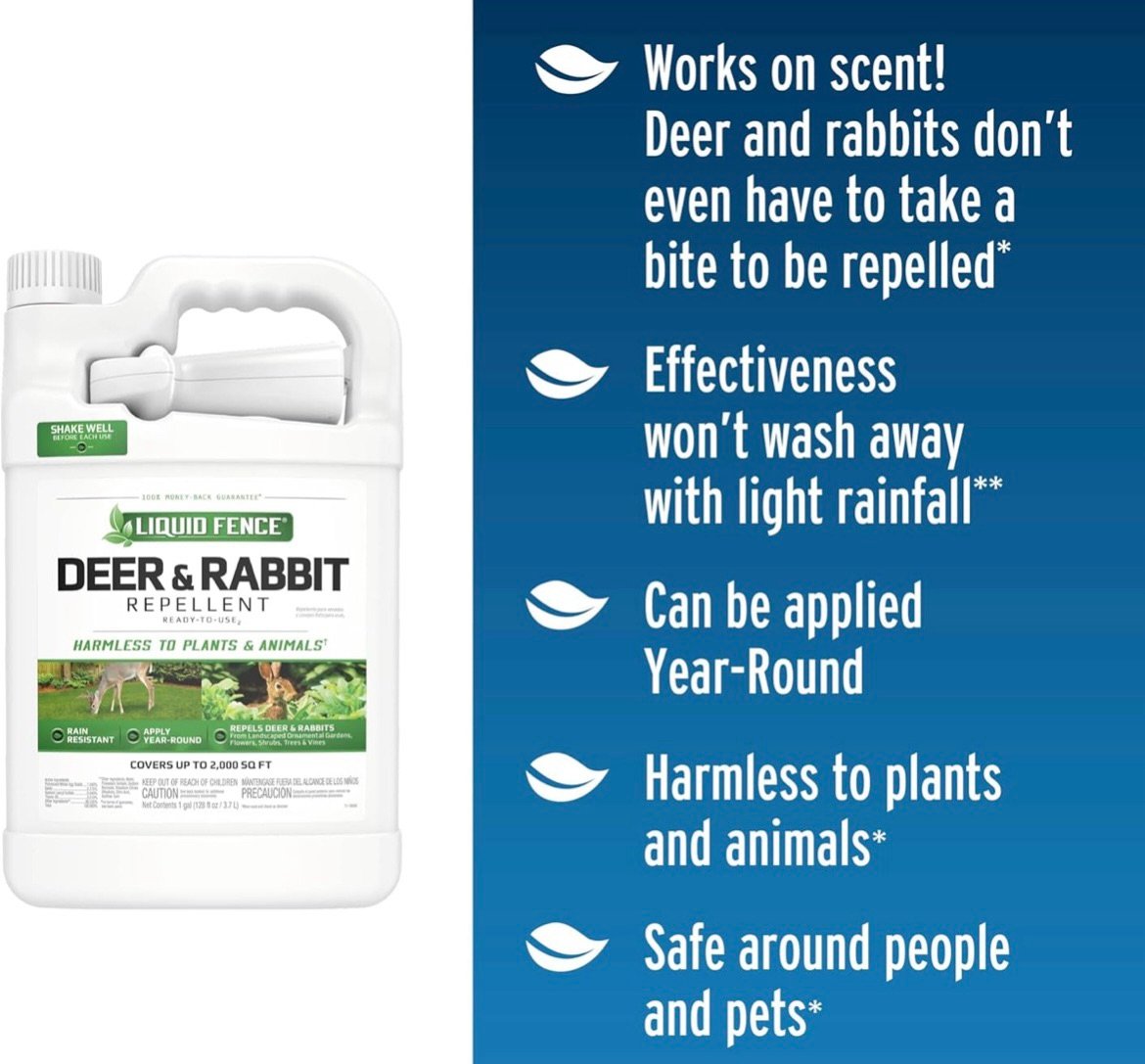
Where to Buy the Best Deer Repellent for Plants 🦌❌🌱
I always recommend buying from trusted sources—don’t grab just anything from a random online listing. I use and recommend:
👉 Liquid Fence Deer and Rabbit Repellent – Ready-To-Use 1 Gallon
This stuff works, it’s affordable, and one container lasts me a long time even when I use it generously. If you’ve got deer problems, this is your first line of defense before the damage is done.
This repellent is great for tomato plants, but also effective for flower beds, shrubs, and veggie gardens—it’s versatile and made for everyday gardeners like us.

Why This Deer Repellent Is Worth It
Let’s be honest, once deer discover your tomatoes, they’ll come back like clockwork. After testing a bunch of things (including DIY methods), this is the one that actually worked long-term for me.
Here’s why it’s worth it:
- No mixing or spraying gear needed—it’s ready to use.
- Doesn’t harm plants, pets, or wildlife.
- Works for both deer and rabbits.
- Safe to use around edibles like tomatoes.
If you’re tired of losing your plants overnight, this one’s a no-brainer. Pair it with smart placement, strong fencing, and maybe even motion lights for maximum protection.
Looking for more on protecting your tomato garden from every kind of threat? Here’s a related read: 👉 How to Get Rid of Hornworms Without Losing Your Mind
As an Amazon Associate we earn from qualifying purchases through some links in our articles.
